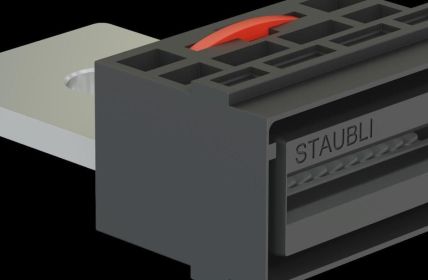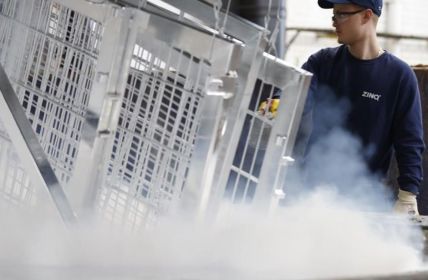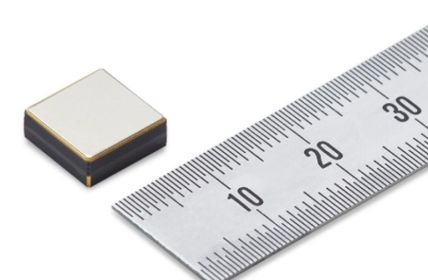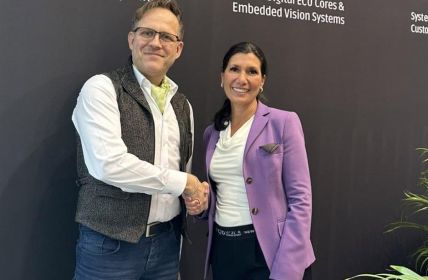Kyocera, a Japanese technology producer of smart energy systems and other products, has announced plans to build two new production facilities for 5G and IoT semiconductor components. The two manufacturing facilities, located at the Kokubu Campus in Kagoshima, will serve as a response to the growing global demand for chip technology.
Table of Contents: What awaits you in this article
Semiconductor shortage due to mismanagement
For years, the demand for semiconductors has been increasing throughout the economy. Whether in the automotive industry, IT industry, consumer electronics, medical technology or renewable energies, more and more microchips are being installed everywhere. However, very few installers give much thought to where the enormous mass of components for this increase is to come from. Everyone relies on a supposedly steady supply at its production conditions. Hardly anyone combines their own increased automation requirements with the necessary logistics and purchasing strategies.
In addition, supply and demand fluctuated constantly for years. Sometimes there were too few supplies, for example when several semiconductor factories in the USA failed. Or when a factory in this sector burned down in Japan. But there was also overcapacity, with vehicle manufacturers in particular happy to cancel orders at short notice. Chip producers adjusted just as quickly to this falling demand and produced less than before, although the market trend for the coming years pointed in exactly the opposite direction early on.
Semiconductor crisis by Corona
When, as in the Corona crisis, global just-in-time supply chains came under massive pressure and were even interrupted completely for a short time, suddenly no one wanted to understand why tightly scheduled production processes were severely delayed or had to be suspended altogether. To make matters worse, in this unexpected state of emergency, many companies voluntarily or compulsorily shifted activities that had previously been carried out offline to online operations wherever possible. This, of course, once again increased interest in microelectronics in a market that was already heavily overstretched.
Semiconductor demand driven by 5G and IoT growth
The expansion of the 5G and IoT markets, which has been ongoing for years, is also playing its part in a growing need for semiconductors. With fifty to 100 billion IoT-enabled devices predicted in the next five years and an increasing degree of interconnectivity, this situation is likely to worsen. This is because they all rely on these conductors for their sensors, RFID chips, etc.
According to analysts, the 5G market, which is already worth an estimated $555 billion worldwide, has a long way to go before its potential is exhausted. In the German market alone, for example, with its forecast volume of 63 billion euros by 2025, German Telekom wants to supply almost 100 percent of all Germans with 5G and cover up to 90 percent of Germany’s surface area. The simultaneous development toward further expansion of machine-to-machine (M2M) real-time communications and artificial intelligence illustrates the expected demand for semiconductors.
Kyocera: Supplier of subcomponents in demand
Kyocera is responding to this development with the construction of two factories planned for November 2021 for the fine ceramic components that are in high demand in this context and are essential for this technology. The earliest possible start of the production phase for the first plant is scheduled for October 1, 2022. The second is scheduled to go into service in October 2023. The existing semiconductor bottleneck will therefore not really be resolved from this side in the foreseeable future.














